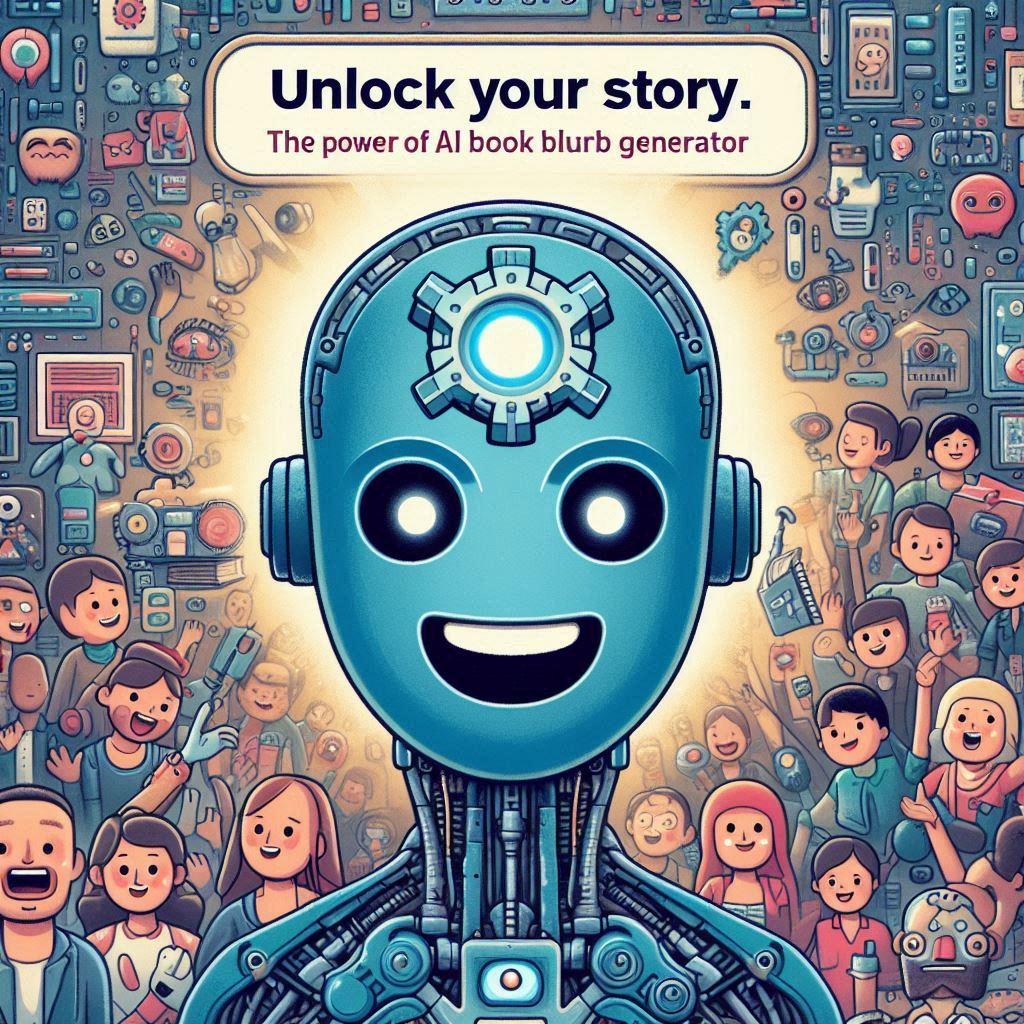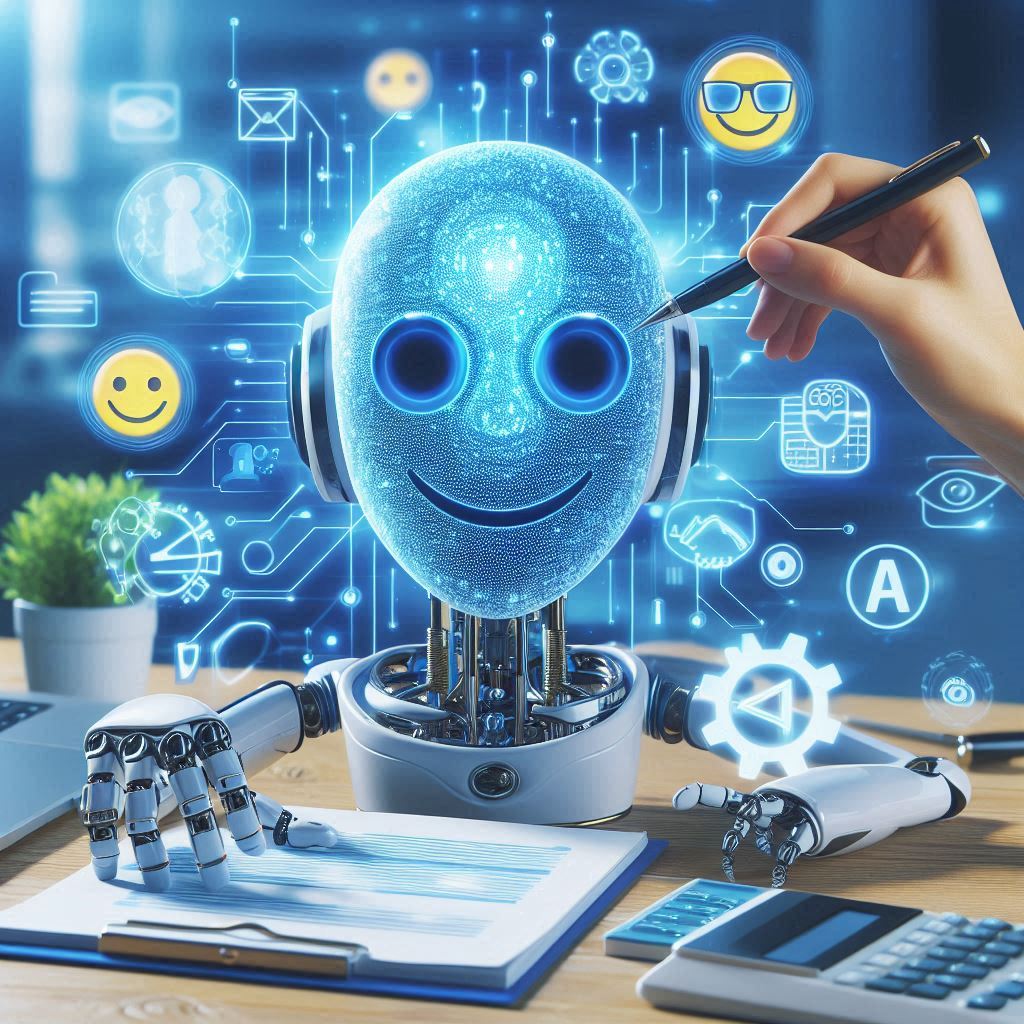
How to Make AI Writing Undetectable
- Editing & Refinement

You’re probably here because you want to know how to make AI writing undetectable, and you’re not alone! The short answer is, it’s tricky. While tools exist that claim to bypass AI detection, our analysis (and a lot of user reviews) reveal they often rely on introducing grammatical errors or creating awkward phrasing to fool detectors. Once those errors are fixed, the text is usually easily identified as AI-generated.
If you’re serious about making AI writing undetectable, the most effective approach is to use AI as a starting point and then heavily edit and refine the content with a human touch. Think of it as a collaboration between you and the machine. Keep reading for a deep dive into how AI detection works, the tools and techniques people are using to bypass it, and the ethical considerations you need to be aware of. I’ll also cover some alternative strategies for using AI effectively without compromising quality or integrity.
The Rise of AI Writing Tools and Detection Challenges
The rise of sophisticated AI writing tools like ChatGPT has ushered in a new era of content creation, but also a wave of concern about authenticity and plagiarism. As AI-generated text becomes increasingly sophisticated, the need to detect it—and the desire to circumvent those detection methods—has grown. This article explores the methods used to make AI writing undetectable, evaluates their effectiveness, and delves into the ethical considerations surrounding this practice.
Understanding AI Detection
Before diving into methods for making AI writing undetectable, it’s crucial to understand how AI detectors work. These tools are typically trained on vast datasets of text and employ algorithms to identify patterns and characteristics that distinguish AI-generated content from human writing. Two key concepts used by AI detectors are perplexity and burstiness.
Key Concepts in AI Detection
- Perplexity: Measures how well a language model predicts the next word in a sequence. AI-generated text often exhibits lower perplexity, as the model is adept at predicting common patterns.
- Burstiness: Refers to the variation in sentence length and structure. Human writing tends to be more “bursty,” with a natural mix of short and long sentences, while AI writing often exhibits a more uniform pattern.
AI detectors also consider other factors, like unusual phrasing or the absence of factual errors, which are more common in human writing. However, it’s important to note that these tools are not foolproof. They can generate false positives, misidentifying human-written text as AI-generated, and false negatives, failing to detect AI-written text that has been carefully manipulated.
Methods for Bypassing AI Detection
Various methods and tools are touted as solutions for making AI writing undetectable. These range from sophisticated paraphrasing and rewriting tools to manual techniques designed to “trick” AI detectors.
Paraphrasing and Rewriting Tools
Numerous online tools claim to make AI writing undetectable by rephrasing or rewriting the text. These tools utilize techniques like synonym replacement, sentence restructuring, and even the insertion of human-like errors to make the content appear more natural.
Analysis of Tools
Source 85 provides an in-depth analysis of eight popular tools that claim to make AI writing undetectable, including:
- CogniBypass: This tool combines paraphrasing capabilities with its own AI writing generator, CogniGPT. However, the analysis reveals that CogniBypass relies heavily on introducing grammatical errors to fool detectors. Once the errors are corrected, the text is easily identified as AI-generated.
- Undetectable.ai: This tool claims to rewrite AI-generated content to be “undetectable” by AI tools like Originality.ai. However, tests show that the rewritten content is still consistently flagged as AI-generated, suggesting the tool’s claims are overstated.
- StealthGPT, StealthWriter, HideMyAI: These tools employ similar strategies, often introducing grammatical errors or unusual phrasing to evade detection. While they might achieve lower AI detection scores, the resulting content is often nonsensical or poorly written, undermining its effectiveness for practical use.
Key Takeaways
The analysis of these tools reveals a common theme: many rely on introducing errors or manipulating text in ways that ultimately harm the quality and readability of the content. While they might temporarily bypass AI detection, the resulting text is unlikely to engage human readers or effectively convey the intended message.
Manual Techniques
While tools offer a seemingly quick fix, manual techniques can be employed to make AI-generated text appear more human-like. However, it’s essential to prioritize clarity and quality over deceptive tactics.
Effective Manual Techniques
- Vary sentence length and structure: Break up long, monotonous sentences and introduce a more natural rhythm to the text to increase burstiness.
- Incorporate personal anecdotes and opinions: Infuse the text with a human voice by adding relevant personal experiences or insights to create a more engaging and relatable style.
- Thoroughly fact-check and cite sources: Ensure accuracy and avoid plagiarism flags by meticulously verifying information and citing all sources appropriately.
Caution Against Deceptive Tactics
Intentionally introducing grammatical errors or other flaws to trick AI detectors is unethical and ultimately counterproductive. Search engines like Google prioritize high-quality, user-friendly content, and deliberately compromising quality will likely harm your content’s visibility and credibility.
Humanizing AI-Generated Content
Instead of focusing solely on bypassing detection, consider embracing AI as a valuable writing assistant. By combining AI-generated content with human editing and input, you can harness the benefits of AI while ensuring quality, originality, and ethical integrity.
Ethical Considerations
The quest for undetectable AI writing raises several ethical concerns that content creators and users must consider.
Plagiarism and Academic Dishonesty
In academic settings, the use of AI writing tools to produce work that is then passed off as original is a serious form of academic misconduct. Students using these tools to bypass plagiarism checkers undermine the principles of academic integrity and devalue the learning process.
Content Authenticity and Credibility
The intentional obfuscation of AI-generated content erodes trust in online information. When readers cannot distinguish between human-written and AI-generated content, it becomes difficult to assess the credibility and authenticity of the information presented. This undermines the value of genuine human expression and expertise.
Transparency and Disclosure
Promoting transparency and ethical practices is crucial. Content creators should disclose the use of AI in their work to maintain integrity and accountability. Clear guidelines and standards for disclosure are needed to ensure that readers are informed about the origin of the content they consume.
Alternatives to Making AI Writing Undetectable
Rather than focusing on deception, prioritize ethical and sustainable approaches to AI content creation.
- Embrace AI as a Tool: Utilize AI as a writing assistant to enhance productivity, generate ideas, and refine your writing style. Grammar checkers and other editing tools powered by AI can significantly improve the quality of your writing.
- Combine AI with Human Expertise: Integrate AI-generated content into your workflow, but maintain human oversight in editing, fact-checking, and ensuring the content aligns with your voice and style.
- Prioritize High-Quality Content: Focus on creating valuable, original, and engaging content that provides a unique perspective and benefits your audience.
Conclusion
The ability to make AI writing undetectable presents both opportunities and challenges. While tools and techniques exist to bypass detection, ethical considerations and the potential impact on content authenticity and credibility must be carefully weighed. Rather than seeking shortcuts, embrace AI as a valuable tool to enhance your writing process while prioritizing transparency, quality, and originality. As AI technology continues to evolve, staying informed about its capabilities, limitations, and ethical implications is crucial for content creators, consumers, and the online landscape as a whole.
Frequently Asked Questions (FAQs)
Can AI-written content be detected?
Yes, AI-written content can often be detected. Tools called AI detectors are specifically designed to identify text that is likely to have been generated by AI writing tools like ChatGPT. These detectors analyze various characteristics of the text, including:
- Perplexity: How predictable the text is. AI tends to produce more predictable text than humans.
- Burstiness: The variation in sentence length and structure. AI-generated text often lacks the natural variation found in human writing.
How reliable are AI detectors?
While AI detectors are improving, they are not foolproof. They can sometimes misidentify human-written text as AI-generated
Share:


